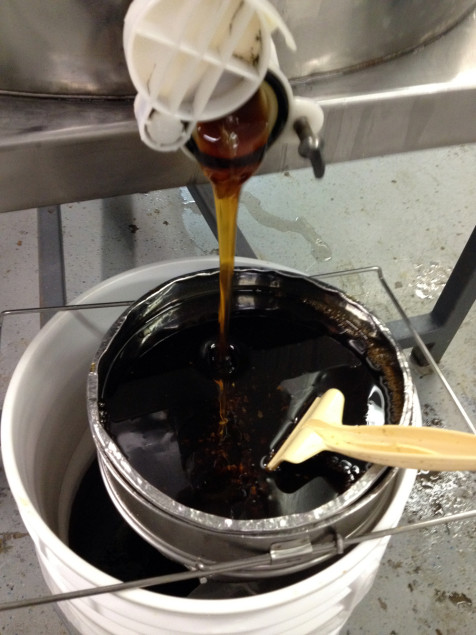It’s honey harvest time here in Texas. Beekeepers like myself are busy wrapping up their harvest and prepping hives for fall and winter. I won’t lie, the last couple of years have been tough on the bees. While this and last year’s harvest were ok, they’re slim in comparison. Many of us are struggling too keep our hives healthy under environmental pressures, pesticide spraying and a host of other issues. I personally re-queened some of my hives 4 times this spring to no avail. If you didn’t know that bees are having a tough go of it right now, then you must be one of those lucky people that doesn’t watch any news! These important pollinators are falling victim to some major blows such as habitat destruction, mass crop monocultures, heavy pesticide use, weather, and a host of pests and diseases made worse by all of the above.

While the problem of honey bee decline may seem overwhelming to most of us, there are some basic things you can do in your home garden to help out the bees. Habitat destruction is one of the biggest problems facing bees right now. Planting more bee-friendly plants is a great way to provide more forage for bees in your area. Large scale monoculture crops (corn, soy, etc.) are also a big problem for bees. Diversity is necessary for bees to thrive. City bees are often considered “spoiled” because they have a bigger diversity of plants from which to collect pollen and nectar. When you’re shopping at your local garden center, ask for help choosing plants that produce the best nectar flow and pollen for bees. Roses, salvia, mahonia, rosemary, daffodil, hellebore, thyme, catmint, passionflower, scabiosa, and viburnum are just a few excellent bee foraging plants. Remember to plant for each season to help feed the bees during colder months.
Also, consider reducing pesticide use in your landscape. While there is still a lot of controversy over whether the newer Neonicotinoid (Neonics) systemic insecticides are the root of all bee problems, they certainly aren’t helping. Realize that these systemic chemicals can persist in woody plants like crapemyrtles for more than a year and transfer to the nectar and pollen. Homeowners also often apply significantly more of these chemicals to their plants than the label dictates. Neonics can persist in the soil as well and are becoming a problem for soil life.
Bee-friendly gardening practices can help our pollinating partners bounce back.






